This is the second post in a 3-part series about composable infrastructure and how it is supported by the HPE Synergy platform. In the first part of the series, we examined the benefits of composable infrastructure and looked at the The HPE Synergy 12000 Frame - a 10U rack-mountable unit that provides the foundation of an HPE Synergy system.
In this post, we look at the management and composability support modules, the compute modules, and the data storage modules that can be configured with the HPE Synergy 12000 Frame.
HPE Synergy Composer - Powered by HPE OneView
The HPE Synergy Composer is a hardware appliance powered by the HPE OneView management software. Each HPE Synergy system, whether individual or multi-frame, is managed by a pair of redundant HPE Synergy Composers. The HPE Synergy Composer manages the system, providing:
- Fluid pools of resources - Compute, storage, and fabric resources can be configured, released back to the pool, and reconfigured to support a variety of workloads.
- Software defined infrastructure - Logical infrastructures composed in the HPE OneView interface are realized nearly instantly through template-driven operations.
- Unified API access - IT operational processes can be automated with programming scripts that leverage a single API to manage every infrastructure element.
As a result, you can deploy, monitor, update, and manage infrastructure, throughout its life cycle, from a single user interface provided by HPE OneView.
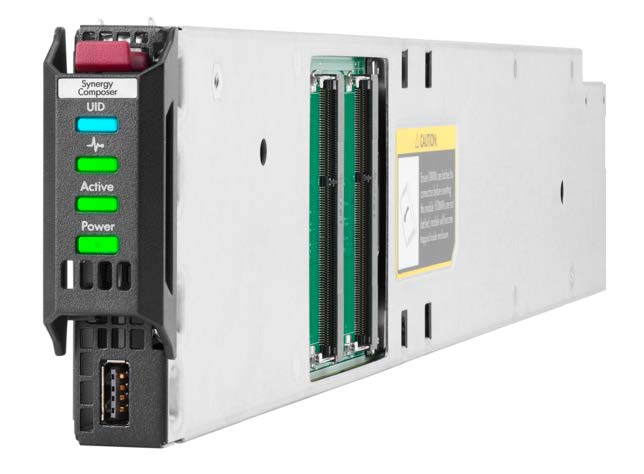
Figure 5. HPE Synergy Composer
A Unified Interface
Traditionally, IT has been managed using separate software tools for servers, storage, and fabric. These management tools typically had different APIs, different graphical user interfaces (GUIs), and different authentication requirements.
Designed to unify these disparate tools, HPE OneView was built from the ground up to provide a single platform for infrastructure management. While reducing complexity, HPE OneView improves productivity and increases flexibility. With a unified interface, it becomes easier for an individual staff member to manage compute, storage, and network resources, rather than being siloed into managing a single resource type. Often referred to as a “single pane of glass”, the unified interface enables administrators to automate management and maintenance tasks across all resources in the datacenter.
Introduced in 2013, OneView was originally delivered as a management platform for BladeSystem c7000 and ProLiant Gen7 and Gen8 servers. Within HPE Synergy, HPE OneView is delivered by the HPE Synergy Composer hardware appliance.
Detection and Configuration
When a new frame or module is added to an HPE Synergy system, HPE OneView automatically detects all the hardware components and prepares them for monitoring and management. To illustrate the configuration process, consider what happens when a server module is added to a frame. Initially, the server hardware has no profile and is available in a global pool, detected, but in an unconfigured state. Through HPE OneView, a server profile can be applied, and the hardware is dynamically configured. Suppose that the profile is for a web application. Then, a hypervisor is installed, several virtual machines are deployed, web servers are installed on each VM, a load balancer is configured, etc. HPE OneView ensures that this server profile will successfully deploy based on deep knowledge of the underlying hardware and the software being installed. When the web application is no longer needed, the profile can be removed and the server capacity returned to the pool.
Dashboard
From the HPE OneView Global Dashboard, you can manage thousands of devices from a single user interface. You can view traffic across the entire network, or drill down to check on the IOPS being consumed by a single VM. The dashboard provides a unified view of the health of servers, profiles, storage systems, enclosures, etc. - at the logical and physical level. In addition, HPE OneView proactively monitors the health of your entire infrastructure, and alerts you to problems before they result in downtime.
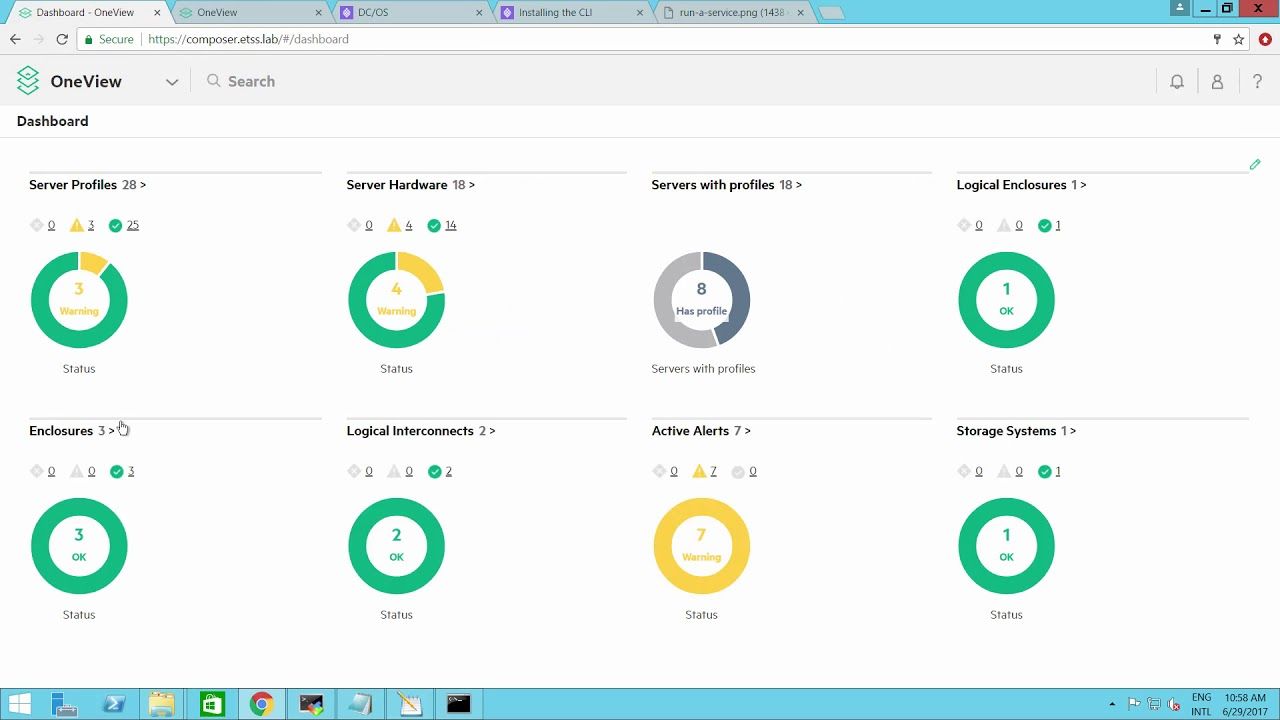
Figure 6. HPE OneView Global Dashboard
HPE Synergy Image Streamer
HPE Synergy Image Streamer is an optional appliance used to host and rapidly deploy software to compose an infrastructure. It is show as item (7) in Figure 1 from the previous post. Within an HPE Synergy system, the HPE Synergy Image Streamer appliance complements the HPE Synergy Composer (OneView) by accelerating the deployment and configuration of software - often the most time-consuming aspect of composing an infrastructure. The Image Streamer appliance hosts “golden images” of software artifacts such as VMware ESXi and Red Hat Enterprise Linux. Golden images can also include your application stack, so Image Streamer can also speed deployment of databases, containers, and custom applications.
In a traditional environment, deploying an OS or hypervisor is slow because it requires building or copying a software image onto the servers, possibly with multiple reboots required during the installation process. HPE Image Streamer bypasses this process by maintaining golden images in a deployed state as bootable image volumes.
When the HPE Synergy Composer provides a specific server profile, the HPE Image Streamer can read the specifications and create bootable images for that server profile from the golden image. These bootable images are then streamed onto compute modules to compose the specified servers.
HPE Synergy Composer and Image Streamer appliances provide the intelligence and rapid deployment capabilities required in a software defined infrastructure. In the next section, we explore the modules that provide the fluid pool of compute resources.
Compute Modules
An HPE Synergy Frame accommodates both two-socket and four-socket compute modules. In Figure 1 from the previous post, the four available compute modules are shown as items (2), (3), (5), and (6). Together, these modules offer a variety of performance, scalability, and storage options to power different types of workloads ranging from financial applications to web infrastructure, to collaboration software, to VDI. All of the available compute modules can be configured with or without internal storage. Diskless configurations work with the HPE Synergy D3940 Storage Module (described below) to provide a pool of direct attached storage to all the compute modules within a frame.
HPE Synergy 480 Gen10 Compute Module
The HPE Synergy 480 Gen10 is a half-height, single wide, 2-socket compute module. See item (6) in Figure 1 from the previous post. Designed for general-purpose enterprise workloads, the 480 is often considered the workhorse compute module for the Synergy platform. It supports a variety of server operating systems and hypervisors. In addition, the 480 is available with optional GPU adapter options that enable support for VDI (e.g., Citrix XenDesktop) and desktop operating systems including Windows and Red Hat Enterprise Linux Desktop.
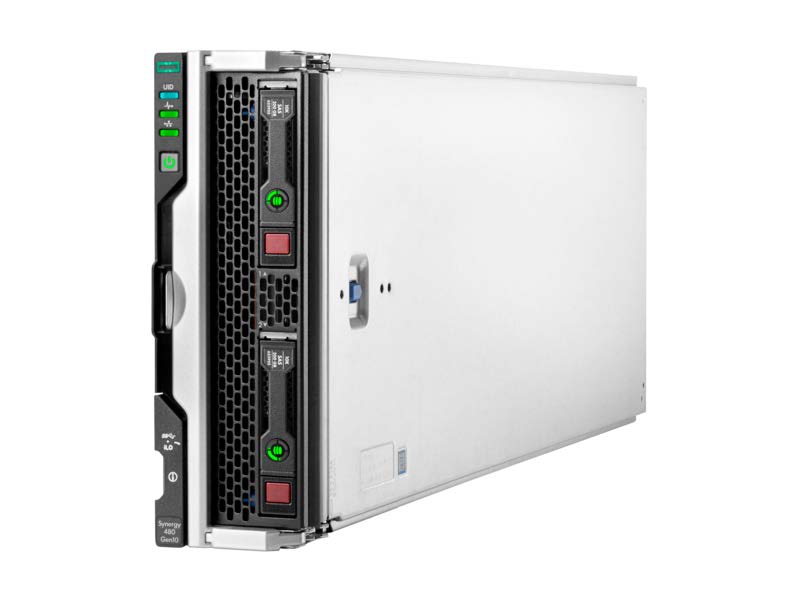
Figure 6. HPE Synergy 480 Gen10 Compute Module
HPE Synergy 660 Gen10 Compute Module
Designed for demanding workloads, high-availability, and virtualization density, the HPE Synergy 660 Gen10 is a full-height, single wide, 4-socket compute module. See item (2) in Figure 1 from the previous post. Delivering essentially double the capabilities of the 480, the 660 can accommodate up to 61.2 TB of internal data storage (4 x 15.3 TB Hot Plug SFF SAS SSD). By comparison the 480 has 2 drive cages and can accommodate up to 30.6 TB of internal data storage (2 x 15.3 TB Hot Plug SFF SAS SSD). The 660 has 48 DIMM slots (12 per processor x 4) compared with the 480 which has 24 DIMM slots (12 per processor x 2).
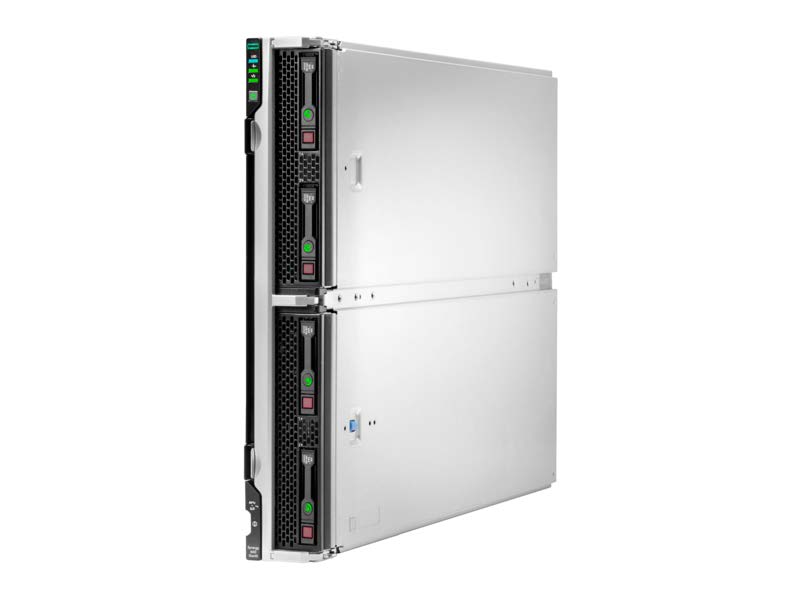
Figure 7. HPE Synergy 660 Gen10 Compute Module
HPE Synergy 620 Gen9 Compute Module
The HPE Synergy 620 Gen9 Compute Module is designed for applications that are more memory than CPU intensive. See item (5) in Figure 1 from the previous post. It is a is a full-height, single wide, 2-socket compute module that provides the twice the number of DIMM slots (24) per processor compared with the 660 (12). As of this writing, a Gen10 version of the 620 is not yet available.
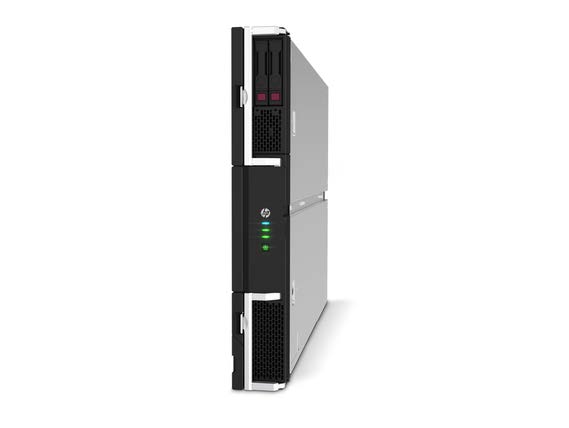
Figure 8. HPE Synergy 620 Gen9 Compute Module
HPE Synergy 680 Gen9 Compute Module
The HPE Synergy 680 Gen9 Compute Module is a full-height, double wide, 4-socket compute module. See item (3) in Figure 1 from the previous post. The 680 is a mission-critical compute module built to meet the needs of demanding enterprise workloads. It is designed for financial, insurance, healthcare, manufacturing, retail, and other organizations requiring high availability and real-time performance. The 680 provides 24 DIMM slots per processor and up to 61.2 TB of internal data storage (4 x 15.3 TB Hot Plug SFF SAS SSD). As of this writing, a Gen10 version of the 680 is not yet available.
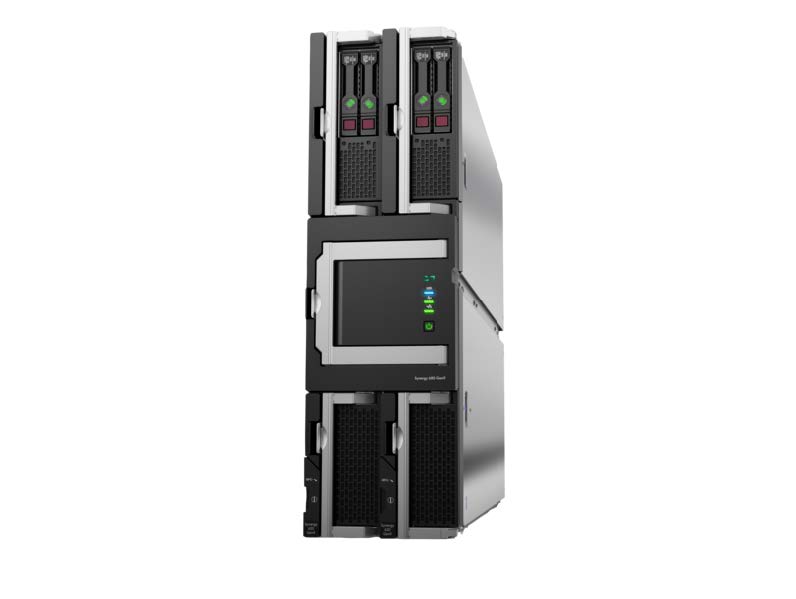
Figure 9. HPE Synergy 680 Gen9 Compute Module
Those are the four compute modules currently offered for the HPE Synergy platform. Next, we look at the shared data storage options that are available.
Data Storage
The HPE Synergy platform supports a variety of storage options, from direct-attached SAS within the frame, to Fibre Channel-attached Tier 1 storage, to Ethernet-attached predictive flash solutions. There is support for file, block, or object-based storage. No matter which options you choose, all data storage within the HPE Synergy framework is composable and managed by the HPE Synergy Composer with HPE OneView.
HPE Synergy D3940 Storage Module
A direct attached storage solution (DAS) for compute modules within the same frame, the HPE Synergy D3940 Storage Module provides 40 Small Form Factor (SFF) drive bays. It can provide composable storage for up to 10 compute modules within a frame via the HPE Synergy 12Gb SAS Connection Module. The D3940 is shown in the front view of the frame as item (1) in Figure 1 from the previous post.
Up to 5 D3940 modules can be accomodated in a single frame, scaling up to 200 SFF drives. This storage module can slide out from the frame to service drives or I/O adapters without interrupting the operation of other drives within the module. Optimized for SSDs and leveraging sixteen 12 Gb/s SAS lanes, a single Synergy D3940 module can deliver up to 2M IOPs.
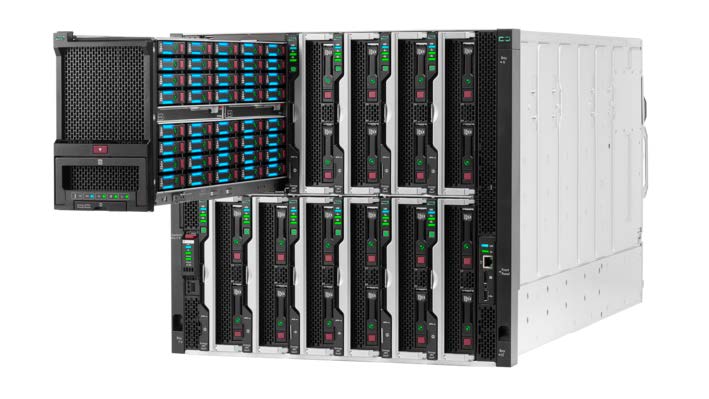
Figure 10. HPE Synergy D3940 Storage Module
The HPE Synergy D3940 Storage Module supports a wide variety of workloads and is included by HPE in numerous reference architectures including VMware Cloud Foundation and Microsoft SharePoint and Exchange.
HPE Synergy D3940 with HPE StoreVirtual VSA Software
An HPE Synergy D3940 Storage Module can be shared with compute modules on other HPE Synergy Frames using HPE StoreVirtual Virtual Storage Appliance (VSA) software. The HPE StoreVirtual VSA provides the services of a shared storage array using the underlying direct-attached storage. You get the benefits of a scalable, composable storage array without the complexity and additional cost of an external dedicated storage network.
The HPE StoreVirtual VSA has been optimized to support virtualized environments running a variety of hypervisors, including VMware vSphere, Microsoft Hyper-V, and Linux KVM.
HPE 3PAR StoreServ Storage
Although DAS solutions based on the D3940 are great for many workloads, many IT organizations require the performance, reliability, and scalability of SAN-based solutions. For those larger-scale enterprise applications requiring Tier-1 service, HPE 3PAR StoreServ Storage integrates seamlessly into the HPE Synergy platform. HPE 3PAR StoreServ flash arrays can scale up to 24 petabytes of usable capacity per Synergy system, provide three million+ IOPS and sub-millisecond latency. But, best of all, within the HPE Synergy framework these 3PAR arrays can be managed via HPE OneView through the HPE Synergy Composer.
Traditionally, one of the biggest drawbacks of SAN-based storage is manageability. SAN systems typically have their own network administration tools and require a dedicated administrator. But the HPE 3PAR StoreServ system is a core part of the Synergy Storage family, a fully composable resource that can be managed much like the Synergy D3940 DAS module. Administration happens through HPE OneView, just like with everything else in an HPE Synergy system. LUN management, a frequent headache for SAN administrators, can be handled with the templates and profiles provided by HPE Synergy Composer.

Figure 11. HPE 3PAR StoreServ 8000
In addition, HPE InfoSight, a predictive analytics platform originally offered with HPE Nimble, is now available for HPE 3PAR StoreServ as well. HPE Infosight can predict storage issues and resolve them proactively, often before IT administrators are even aware of them.
HPE Nimble Storage
In addition to HPE 3PAR, HPE Nimble Storage can also be incorporated into an HPE Synergy system. HPE Nimble provides an easy-to-use, all-flash, 99.9999% available storage solution at an attractive price-point. High
Typically targeted to smaller datacenters than the HPE 3PAR product line, nevertheless HPE Nimble provides an excellent storage solution for moderately sized virtualized environment. In fact, this guide describes an architecture that combines workhorse HPE Synergy 480 Gen10 Compute Modules with HPE Nimble Storage arrays and Mellanox switches (described below) to reliably deploy and run a virtualized infrastructure.
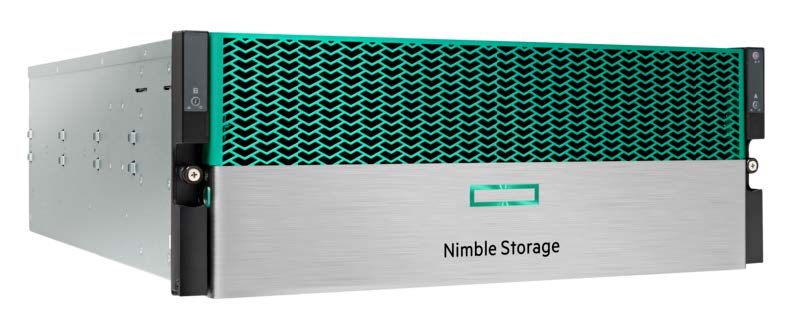
Figure 12. HPE Nimble Storage All Flash Array
In this post, we’ve reviewed the composability, compute, and data storage options available with HPE . In the next and final post, we consider the networking modules that support the composable fabric.
About IIS (International Integrated Solutions)
This series of posts on Composable Infrastructure and HPE Synergy is published by International Integrated Solutions (IIS) is a managed service provider and system integrator with deep expertise in HPE Synergy. IIS is a distinguished HPE partner, winning HPE Global Partner of the Year in 2016 and Arrow’s North American Reseller Partner of the Year in 2017.
As a service provider, IIS brings broad datacenter experience as well as expertise in HPE Synergy. Having solved a myriad of problems for hundreds of customers, we bring a holistic view of the datacenter. This experience makes us well suited to helping you realize the benefits of composable infrastructure HPE SimpliVity. In particular, IIS can help with:
- Sizing - providing an assessment methodology and tools to spec out your workloads.
- Migration Plans - helping you refresh your hardware and migrate applications to a HPE Synergy.
- Integration - understanding how integrate your existing infrastructure with HPE Synergy effectively.
- Managed Services - providing remote monitoring and ongoing support for your composable infrastructure




.png?width=715&name=IIS%20Featured%20Image%20Template%20%20(4).png)
.png?width=715&name=IIS%20Featured%20Image%20Template%20%20(1).png)